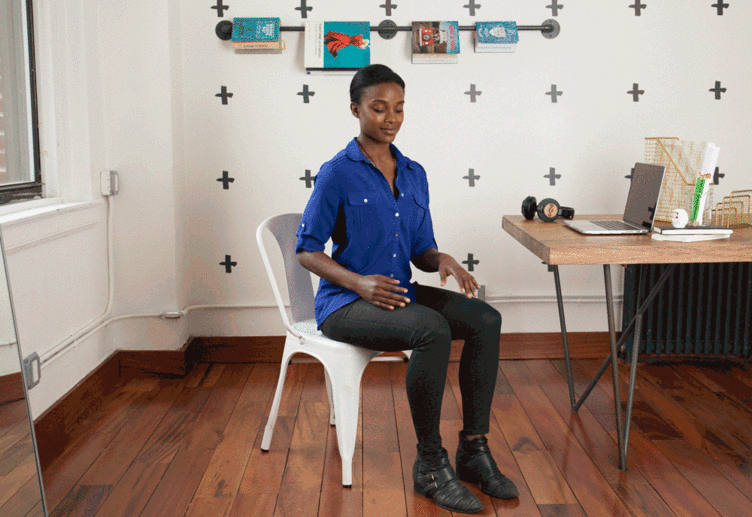We have all heard the importance of living in balance. It is critical for our health as well as personal and professional success. But this article isn’t about achieving life balance, for that we encourage you to speak to our life coach.
What we are going to describe is the importance of maintaining balance in a physical sense, to help you prevent falls and improve any athletic performance.
According to wikipedia, balance is an ability to maintain the centre of gravity of a body within the base of support with minimal postural sway. Balancing requires input from multiple senses, including the vestibular system (our inner ear), vision, and perception of pressure and proprioception, while the motor system simultaneously controls muscle actions. The senses must detect changes of body position with respect to the base, regardless of whether the body moves or the base moves.
Age-related decline in the ability of the above systems to receive and integrate sensory information contributes to poor balance in older adults. As a result, the elderly are at an increased risk of falls. In fact, one in three adults aged 65 and over will fall each year.
But it is not just the elderly who are at risk. Anyone with a history of ankle sprains or knee and hip injuries can be at risk of re-injury because of adverse balance control. It is imperative for any athletic activity to have optimal balance.
Balance is very much a skill we develop naturally as children and in our youth, as we seek to play and jump and run on various structures and in different environments. It is also a skill we see in decline as we age unless we actively work to maintain it. The good news is, it is simple to maintain with a few basic exercises done a couple times per week, or by varying your workout routine to include some stability work. The possibilities are endless when we consider using things like physio balls, wobble boards, BOSU balls and foam rollers. Talk to our kiniseologist to learn a more specific stability and balance routine using these tools, but you can also do balance work at home with little or no equipment.
For example, we can start with a simple single leg stance exercise, and progress all the way through to a single leg squat. Try the following at home.
Balance on One Leg
For a single leg stance, stand with little less than shoulder width distance between your feet. Fix your left leg well onto the ground. Now slowly lift up your right leg. If you are unsteady or unsure of your balance, start by standing behind a chair, holding on with two hands. Let go of the chair and try and hold your leg off the ground for 25 seconds. Repeat on the opposite leg. Ideally we should be able to stand on one foot in a stable way for one minute.
Balance on One Leg – II
This exercise is similar to the previous exercise. Stand in a lunge, with your left leg behind. Focus your attention on a point. Keep your hands in front of you at shoulder level, as though you are trying to catch something. Fix your right leg well in the ground. Slowly start lifting your left leg off the ground. In the initial phases, you will not be able to lift the left leg very high. Hold this position for a few seconds. Slowly release yourself and come back to the starting position. Repeat the same with the other leg.
Single Leg Squat and Reach
For this balance exercise you will need to keep an object in front of you, but at some distance from you. Now balance yourself well on the right leg and raise the left foot off the ground. Slowly start bending the right knee. As you bend your knee lower the torso as well. Try reaching the object in front of you with your left hand. When you reach the object, make sure the knee you are bending does not cross your foot. Now extend the left foot a little. Hold this position for 5 seconds and come back to the starting position. On either side do this exercise 10 times with each leg.
Push Up With Stability Ball
Lie chest down on the stability ball. Your hands should be placed on either side of the chest. Your toes should be on the floor, but your legs should be straight and not bent at the knee. Now slowly start pushing your body up, so that your arms are straight, but do not lock your elbows. Hold this position for a couple of seconds. Come back to the starting position and repeat the exercise 10 times. When you initially start with the exercise, you can take support of the wall, by placing the ball near the wall. If you do it the other way round, with your legs at the wall, there are chances, that the ball will move in front and you will lose balance.
Core Balance
Sit on the exercise ball (stability ball). Make sure that the ball does not move. If you find this easy, try to sit on the ball and march. Once this becomes easy, sit upright and try to maintain balance and lift both the legs off the ground.

